Blender Chopper Blade Holder/Assembly
₹544.00 Original price was: ₹544.00.₹454.00Current price is: ₹454.00.
Introduction to Blender Chopper Blade Holder
The blender chopper blade holder is a critical component within the broader assembly of a blender, serving as the anchor that secures the chopping blades firmly in place. Typically fashioned from durable materials, this holder not only supports the blades during operation but also ensures effective food processing by optimizing the blades’ cutting and chopping capabilities. Without a properly functioning chopper blade holder, the blades can become loose or misaligned, leading to inefficient blending and potential damage to the blender itself.
In most blenders, the assembly comprises several essential parts, including the motor base, container, lid, and, of course, the chopper blade holder. Each of these components works in harmony to achieve the desired outcome: uniformly processed ingredients. The holder is designed to fit various types of blade configurations, allowing for versatility in food preparation and adapting to the unique requirements of different recipes.
Various blender models utilize the chopper blade holder, from traditional countertop blenders to more compact immersion blenders. High-performance blenders often come equipped with specialized blade holders that enhance their chopping capabilities, tackling tougher ingredients with ease. As culinary tasks become increasingly sophisticated, the significance of a well-made blade holder cannot be overstated; it is essential for ensuring that the blender operates efficiently and effectively—producing consistent results each time. Given the critical role it plays, understanding the function and importance of the chopper blade holder is essential for anyone looking to maximize their blending experience.
Understanding the Mechanics of the Blade Holder Assembly
The chopper blade holder assembly is a pivotal component in a blender’s design, pivotal for ensuring efficient and safe food preparation. Essentially, the blade holder is designed to securely accommodate various blade types, allowing for versatility in chopping, blending, and mixing tasks. At its core, the assembly operates in conjunction with the blender’s motor, which powers the blades to perform their intended functions.
When the motor is activated, it transmits rotational energy to the blade holder, causing the attached blades to spin at high speeds. This rotation is crucial, as it generates the cutting action needed for effective chopping. Depending on the specific blade design used, such as flat blades for pureeing or serrated blades for crushing, the performance and end result can significantly vary. Each blade type is engineered with unique geometry, ensuring optimal interaction with different food textures and preparation tasks.
A notable aspect of the blade holder assembly is its locking mechanism, which plays a critical role in operational safety. This mechanism secures the blades firmly in place during blending, preventing any potential mishaps resulting from loose components. Typically, a simple twist-and-lock system is utilized, ensuring that once blades are attached, they remain stable even under the force of high-speed rotations. This guarantees not only performance efficiency but also enhances user safety, making the assembly a reliable element in kitchen appliance design.
Moreover, understanding the interplay between the blade holder assembly and the blender’s motor illustrates the fundamental engineering behind successful blending. The careful design must accommodate various blade types and ensure that they work seamlessly with the blender’s overall operation. Thus, an appreciation of the mechanics of the blade holder assembly enriches the knowledge of its role in modern kitchen appliances.
Common Issues and Troubleshooting
The blender chopper blade holder is an essential component that facilitates effective food processing. However, like any appliance part, it may encounter certain issues that can hamper its performance. Recognizing these common problems and knowing how to troubleshoot them can enhance the longevity of the blender and its chopper blade holder.
One frequent issue is wear and tear on the blade holder. Over time, the materials may degrade, leading to a decrease in effectiveness or even potential failure. Signs of excessive wear may include unusual noises during operation or an inability to securely hold the blades in place. To mitigate this, regular inspections of the blade holder are advised, along with timely replacement if significant damage is observed. Ensuring that the holder is lubricated, where applicable, can also extend its life.
Improper assembly can lead to performance inconsistencies. Users should ensure that the blade holder and blades are correctly aligned and securely fastened according to the manufacturer’s guidelines. If the blades wobble or do not rotate smoothly, disassembling and reassembling the components carefully can often resolve the issue.
Another common concern is the difficulty in removing the blades from the holder, which can hinder proper cleaning. To address this, it is recommended to use a gentle twist and pull motion, and for blades that are particularly stubborn, soaking them in warm soapy water can help loosen any food particles. Additionally, utilizing non-abrasive tools to assist in removal can prevent damage to either the blade or the holder.
By being aware of these typical challenges and employing simple troubleshooting techniques, users can maintain the functionality of their blender chopper blade holder, ensuring consistent performance in food preparation tasks.
Maintenance and Care for Your Blender Blade Holder
Maintaining the chopper blade holder of your blender is essential for ensuring optimal performance and longevity. Regular care not only promotes hygiene but also prevents potential malfunctions that can arise from neglect. After each use, it is advisable to disassemble your blender for thorough cleaning. Most blade holders can be easily removed, allowing you to access all components effectively.
To clean the blade holder, use warm, soapy water and a soft cloth or sponge. Avoid abrasive materials that might scratch the surface, as this can compromise its integrity and lead to rust or corrosion. If food residue is stubborn, a mixture of baking soda and water can serve as a safe abrasive to gently clean without damaging the components. After cleaning, ensure that all parts are completely dry before reassembling to mitigate any moisture that could lead to rust.
Corrosion is a significant concern for the blade assembly, particularly if it is not dried properly or if it’s exposed to acidic foods frequently. To combat this, consider applying a thin layer of food-safe oil after thorough cleaning, which can act as a protective barrier against moisture. Remember that not all blade holders are immune to wear and tear; keep an eye out for signs of degradation, such as dull blades, visible rust, or cracks in the holder.
When it is time to replace components, ensure that you select compatible replacements that fit your specific blender model. This can often be achieved by consulting the manufacturer’s guidelines or seeking assistance from authorized retailers. Proper maintenance and timely replacements will ensure that your blender continues to function efficiently, offering you the best in convenience and performance.
Upgrading Your Blender: Blade Holder Options and Features
When considering enhancements for your blender, the blade holder’s design and features play a crucial role in performance and usability. Upgrading the chopper blade holder can significantly impact the efficiency of food preparation, and various options are available that cater to diverse culinary applications. One prevalent trend in the market is the incorporation of advanced materials such as stainless steel and reinforced plastics, which not only enhance durability but also improve the food processing experience. These materials offer resilience against corrosion and wear, ensuring longevity in kitchen tasks.
Another feature to consider in an upgraded blade holder is ergonomic design. Many modern models focus on ease of use by providing comfortable grips and user-friendly mechanisms for attaching and detaching blades. This ergonomic approach reduces strain during repetitive chopping or blending tasks, making it an ideal choice for culinary enthusiasts who frequently utilize their blenders.
Additionally, specialized blade patterns have emerged as a vital aspect of blade holder innovation. Different patterns, such as serrated or curved blades, can be tailored for specific food types—from soft fruits to tough vegetables—maximizing performance and achieving optimal texture and consistency in the final products. Selecting the right blade pattern not only enhances the blending experience but also allows for greater versatility in food preparation.
In determining which blade holder to choose, consider your specific culinary needs and preferences. Popular brands in the market, such as Vitamix and Ninja, offer a range of models featuring varied materials, designs, and specialized functionalities. It is advisable to read customer reviews and product specifications thoroughly to make an informed decision. With these insights, you can identify a blender chopper blade holder that not only meets your cooking style but also enhances your overall food preparation experience.
| Blender Chopper Brand Name | Bajaj, Bosch, Havells, Inalsa, Kenwood, Morphy Richards, Panasonic, Philips, Prestige, Wonderchef |
|---|
Only logged in customers who have purchased this product may leave a review.
Related products
-
Blender Chopper Parts
Blender Chopper Power Cord
Rated 0 out of 5₹468.00Original price was: ₹468.00.₹390.00Current price is: ₹390.00. Select options This product has multiple variants. The options may be chosen on the product page -
Blender Chopper Parts
Blender Chopper Bowl
Rated 0 out of 5₹780.00Original price was: ₹780.00.₹650.00Current price is: ₹650.00. Select options This product has multiple variants. The options may be chosen on the product page -
Blender Chopper Parts
Blender Chopper Speed Control Knob
Rated 0 out of 5₹312.00Original price was: ₹312.00.₹260.00Current price is: ₹260.00. Select options This product has multiple variants. The options may be chosen on the product page -
Blender Chopper Parts
Blender Chopper Motor
₹1,728.00 – ₹4,499.00 Select options This product has multiple variants. The options may be chosen on the product pageRated 0 out of 5

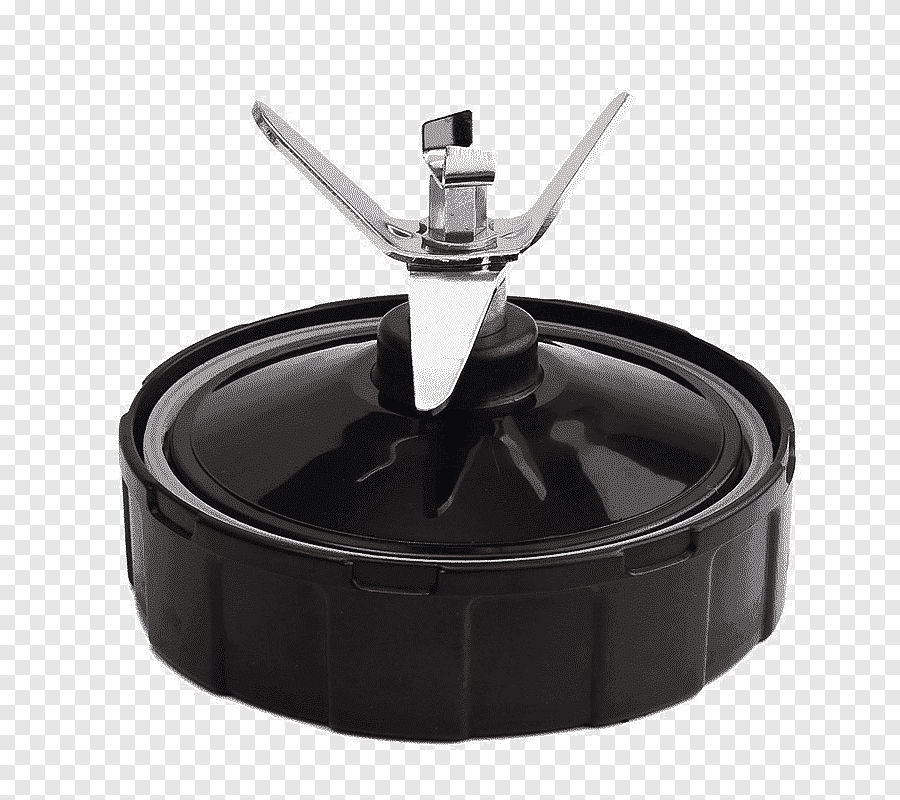
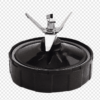
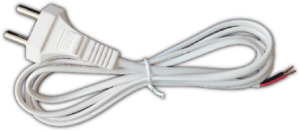
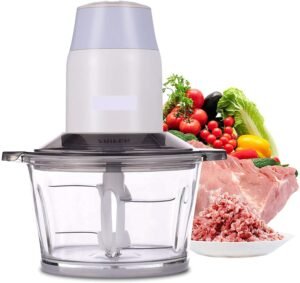
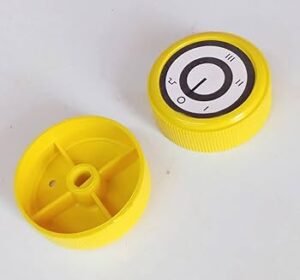
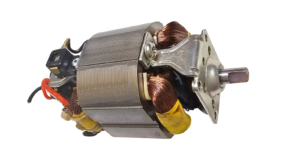
Reviews
There are no reviews yet.